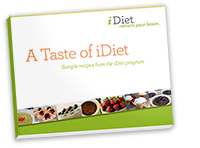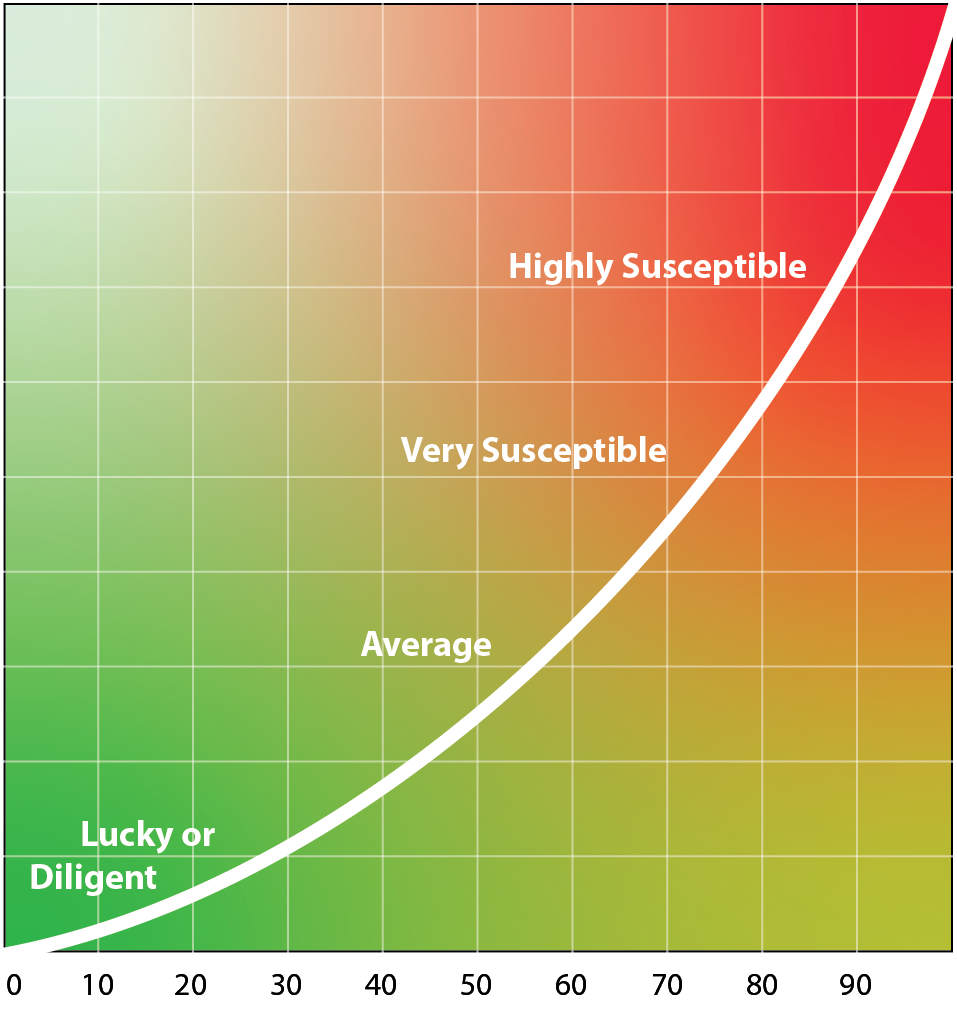Harnessing the Power of Fiber and Protein for Effective Weight Loss

In your search for effective weight management, dietary fiber and protein are a dynamic duo of nutrients. Together, they not only aid in digestion and muscle maintenance but also play a crucial role in controlling hunger and facilitating weight loss. As a renowned nutrition expert and researcher, Dr. Susan B. Roberts has extensively studied the benefits of combining fiber and protein, integrating these insights into the successful iDiet program. Here, we delve into the power of fiber and protein and how they can be harnessed for effective weight loss.
Understanding Fiber and Protein
Dietary fiber is broadly categorized into two types: soluble and insoluble. Both types are essential for maintaining good health and achieving weight loss goals.
Two types of dietary fiber:
Soluble Fiber dissolves in water to form a gel-like substance. This type of fiber, found in foods like beans, oats, and some fruits, helps slow digestion and prolongs feelings of fullness. Soluble fiber is known for its ability to stabilize blood sugar levels and lower cholesterol.
Insoluble Fiber, on the other hand, does not dissolve in water. It adds bulk to the stool and aids in regular bowel movements. Found in whole grains, nuts, and many vegetables, insoluble fiber helps prevent constipation and maintains a healthy digestive system.
Protein is essential for repairing tissues, making enzymes and hormones, and building muscle. It also plays a significant role in satiety. High-protein foods such as lean meats, fish, eggs, dairy products, legumes, and nuts help keep you full longer, reducing the likelihood of overeating.
The Synergy of Fiber and Protein
Combining fiber and protein in each meal is a cornerstone of the iDiet program. This combination not only enhances satiety but also stabilizes blood sugar levels, which can help prevent hunger and cravings.
For convenience: High-fiber Cereals: A convenient staple in the iDiet, high-fiber breakfast cereals (read more here) are recommended for their convenience and effectiveness. Pairing them with a source of protein, such as yogurt, or nuts, can further enhance satiety.
Legumes: Beans, such as pinto, black, and chickpeas, are featured in many iDiet regular and vegetarian recipes. They are rich in both fiber and protein, making them a perfect addition to meals.
High-fiber Bread plus Protein: Contrary to popular belief, bread can be part of a weight loss diet if it’s high in fiber. The iDiet includes recipes like the “I” Diet’s own recipe for a quick, easy Soda Bread, which is both nutritious and satisfying when paired with protein-rich toppings like low-fat cheese or lean meats.
Scientific Evidence Supporting Fiber and Protein
Dr. Roberts’ research has consistently highlighted the pivotal role of fiber and protein in weight management. In her groundbreaking studies, she demonstrated how high-fiber, high-protein diets can lead to significant weight loss without the discomfort of constant hunger. One notable study published in the American Journal of Clinical Nutrition revealed that the iDiet program, with its focus on fiber and protein, achieved greater weight loss and satisfaction compared to other diets (Roberts et al., 2013).
Additionally, research published in Nutrition & Diabetes showed that dietary interventions focusing on fiber and protein can retrain the brain to prefer healthier foods, enhancing long-term adherence to a weight loss program (Roberts et al., 2014).
Practical Tips for Incorporating Fiber and Protein
To effectively harness the power of fiber and protein, here are some practical tips for daily intake:
- Start with Breakfast: Choose a high-fiber cereal and add a protein source like milk, yogurt, or nuts.
- Incorporate Legumes: Add beans to salads, soups, and stews. They are easy to prepare and can be used in a variety of dishes.
- Snack Wisely: Opt for high-fiber and high-protein snacks such as nuts, seeds, and raw vegetables paired with hummus or a small portion of low-fat cheese.
- Choose Whole Grains: Replace refined grains with whole grains like brown rice, quinoa, and whole wheat bread, and pair them with lean proteins.
- Hydrate: Drink plenty of water to help fiber move through your digestive system efficiently.
Conclusion
Fiber and protein are key components of effective weight management, offering numerous benefits from appetite control to improved digestion and muscle maintenance. By incorporating high-fiber and high-protein foods into your diet, you can achieve sustainable weight loss while enjoying a variety of delicious and satisfying meals. Embracing fiber- and protein-rich dietary habits, as advocated by Dr. Susan B. Roberts and the iDiet program, can set you on a path to long-term health and well-being.
Citations:
Roberts, S. B., et al. (2013). The iDiet program produces lower attrition, higher satisfaction, and greater weight loss than other group weight loss programs, with clinically relevant beneficial effect on cardiometabolic risk factors. American Journal of Clinical Nutrition, 97(4), 663-664. doi:10.3945/ajcn.112.044826.
Roberts, S. B., et al. (2014). Dietary intervention to retrain food preferences and facilitate weight loss among adults with overweight and obesity: a randomized controlled trial. Nutrition & Diabetes, 4, e129. doi:10.1038/nutd.2014.26.
Register Today
Choose the program that’s right for you.

 Yes! I want to receive a 38-page cookbook, and be informed of upcoming classes. No obligation, instant download.
Yes! I want to receive a 38-page cookbook, and be informed of upcoming classes. No obligation, instant download. 